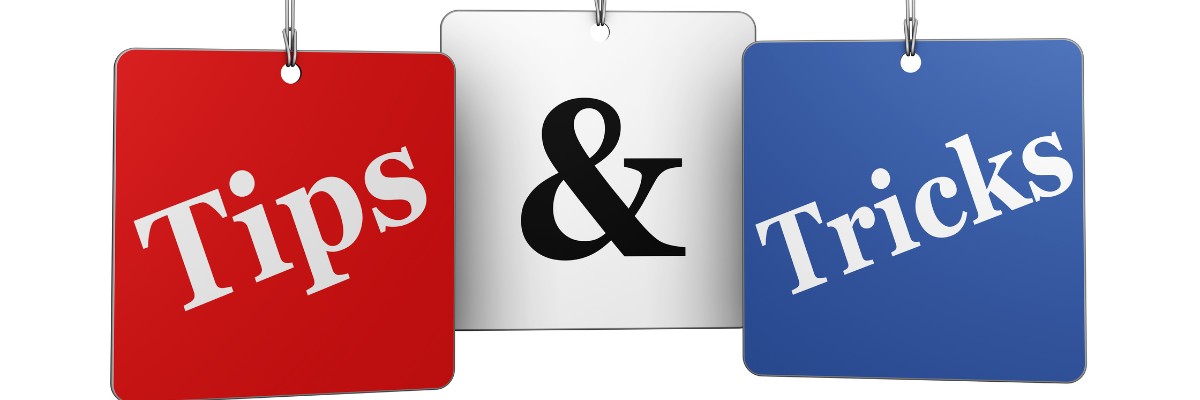Search Engine Optimization (SEO) has become an integral part of digital marketing, and it’s the process of optimizing your website to rank higher on search engines like Google, Bing, and Yahoo. On-Page SEO is one of the most important aspects of SEO, as it focuses on optimizing the content and structure of your website’s individual pages.
The goal of On-Page SEO is to make your website more user-friendly and accessible to search engines, so they can crawl, understand, and index your pages efficiently. In this article, we’ll share some tips and tricks for mastering On-Page SEO and boosting your rankings.
Start with Keyword Research
Before you start optimizing your website’s pages, you need to conduct thorough keyword research to identify the phrases and words your target audience is using to find your products or services. You can use tools like Google Keyword Planner, SEMrush, or Ahrefs to find the best keywords for your website.
Once you’ve identified your keywords, you should use them strategically in your website’s content, metadata, and URL structure. However, you should avoid keyword stuffing or using too many keywords, as it can harm your website’s rankings.
Optimize Your Title Tags and Meta Descriptions
Title tags and meta descriptions are essential elements of On-Page SEO, as they provide search engines and users with a summary of your website’s content. A title tag is an HTML element that defines the title of a web page, and a meta description is a brief summary of the page’s content that appears in the search engine results.
You should optimize your title tags and meta descriptions by including your primary keyword and making them compelling and relevant to your audience. Your title tags should be no longer than 60 characters, and your meta descriptions should be no longer than 155 characters.
Improve Your Website’s Load Speed
Website speed is a critical factor in On-Page SEO, as it affects both user experience and search engine rankings. Slow-loading websites can cause users to leave your website, increasing your bounce rate, which can harm your rankings. To improve your website’s load speed, you should:
- Compress images and videos to reduce file size
- Minimize HTTP requests by reducing the number of plugins and widgets on your website
- Use a content delivery network (CDN) to deliver your website’s content from servers closer to your users
- Use browser caching to store frequently accessed data on your users’ browsers
Use Header Tags to Structure Your Content
Header tags (H1, H2, H3, etc.) are HTML elements that define the headings and subheadings of your website’s content. Header tags not only help structure your content for users but also provide context to search engines about the content of your pages.
You should use header tags to organize your content and include your primary keyword in your H1 tag. However, you should avoid using header tags for stylistic purposes or using too many header tags, as it can confuse users and harm your rankings.
- Optimize Your Images for Search Engines
Images are an essential part of your website’s content, and they can also contribute to your website’s search engine rankings. To optimize your images for search engines, you should:
- Use descriptive file names and alt text to provide context to search engines about your images
- Compress images to reduce their file size and improve your website’s load speed
- Use appropriate image file formats, such as JPEG or PNG, for different types of images
- Use responsive images to ensure that your images look good on different devices and screen sizes
Write Quality Content for Your Audience
At the heart of On-Page SEO is high-quality content that provides value to your audience. You should aim to create content that answers your audience’s questions and provides useful information. To do this, you should:
- Conduct thorough research on your topic and provide accurate and up-to-date information
- Write in a clear and concise manner, using short paragraphs, bullet points, and headings to make your content easy to read
- Use a conversational tone that resonates with your audience and engages them
- Provide visual aids, such as images, videos, or infographics, to enhance your content
Use Internal and External Links
Internal and external links are essential elements of On-Page SEO, as they provide context and relevance to your website’s pages. Internal links connect your website’s pages to each other, allowing users and search engines to navigate your website easily.
External links, on the other hand, connect your website to other websites, providing context and relevance to your content. To use internal and external links effectively, you should:
- Include internal links in your content to connect related pages and provide context to your users
- Use external links to authoritative and relevant websites to provide value to your users and show search engines that your content is trustworthy
- Avoid using too many links, as it can distract users and harm your rankings
Mastering On-Page SEO is essential for boosting your website’s rankings and improving your online visibility. By following these tips and tricks, you can create a user-friendly and search engine-friendly website that provides value to your audience. Remember to conduct thorough keyword research, optimize your title tags and meta descriptions, improve your website’s load speed, use header tags to structure your content, optimize your images for search engines, write quality content for your audience, and use internal and external links effectively. By doing so, you can ensure that your website stands out in the crowded online marketplace and attracts more visitors to your business.
